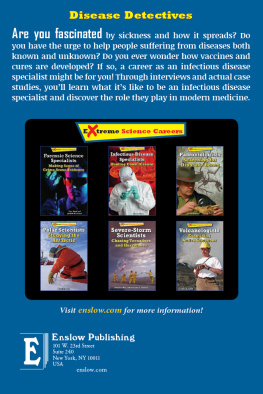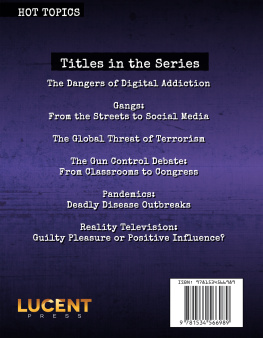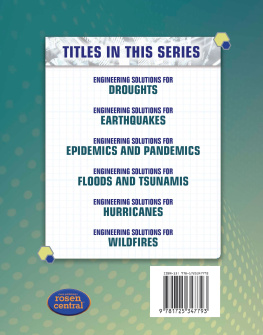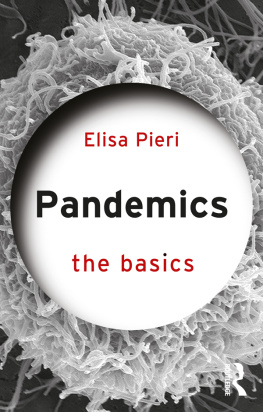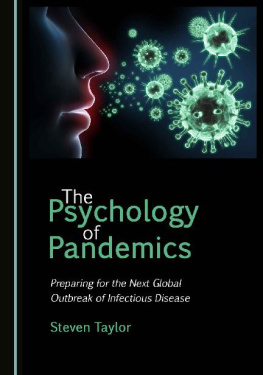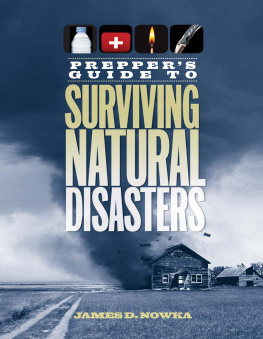A member of the Board of Trustees of the International Association for Medical Assistance to Travelers (IAMAT), Dr. Forgey is a fellow of the Explorers Club and a fellow of the Academy of Wilderness Medicine. He holds the Certificate in Travel Health (CTH) from the International Society of Travel Medicine. A former captain in the US Army, Infantry, he saw over thirty months active duty in Vietnam prior to leaving the service and attending medical school at Indiana University. He was awarded the Bronze Star and Army Commendation Medal for his service in Vietnam.
The medieval plague doctordressed not unlike how I feel in clinic often these days.
WIKIMEDIA COMMONS
Dr. Forgey has practiced travel medicine for over forty years while attending patients in three hospital systems in northern Indiana. He has made over forty medical service missions to people in rural Haiti and has lectured internationally to physicians as an expert on various medical conditions. He is an International Fellow of the Royal Society of Medicine and a member of multiple medical associations and societies in the United States, as well as a past president of the Wilderness Medical Society.
All links mentioned in this book are conveniently located at this books website: www.coronacov19.com.
The following is the text of the Great Barrington Declaration. Please see the discussion presented in .
THE GREAT BARRINGTON DECLARATION
As infectious disease epidemiologists and public health scientists we have grave concerns about the damaging physical and mental health impacts of the prevailing COVID-19 policies, and recommend an approach we call Focused Protection.
Coming from both the left and right, and around the world, we have devoted our careers to protecting people. Current lockdown policies are producing devastating effects on short- and long-term public health. The results (to name a few) include lower childhood vaccination rates, worsening cardiovascular disease outcomes, fewer cancer screenings and deteriorating mental healthleading to greater excess mortality in years to come, with the working class and younger members of society carrying the heaviest burden. Keeping students out of school is a grave injustice.
Keeping these measures in place until a vaccine is available will cause irreparable damage, with the underprivileged disproportionately harmed.
Fortunately, our understanding of the virus is growing. We know that vulnerability to death from COVID-19 is more than a thousand-fold higher in the old and infirm than the young. Indeed, for children, COVID-19 is less dangerous than many other harms, including influenza.
As immunity builds in the population, the risk of infection to allincluding the vulnerablefalls. We know that all populations will eventually reach herd immunityi.e., the point at which the rate of new infections is stableand that this can be assisted by (but is not dependent upon) a vaccine. Our goal should therefore be to minimize mortality and social harm until we reach herd immunity.
The most compassionate approach that balances the risks and benefits of reaching herd immunity is to allow those who are at minimal risk of death to live their lives normally to build up immunity to the virus through natural infection, while better protecting those who are at highest risk. We call this Focused Protection.
Adopting measures to protect the vulnerable should be the central aim of public health responses to COVID-19. By way of example, nursing homes should use staff with acquired immunity and perform frequent testing of other staff and all visitors. Staff rotation should be minimized. Retired people living at home should have groceries and other essentials delivered to their home. When possible, they should meet family members outside rather than inside. A comprehensive and detailed list of measures, including approaches to multi-generational households, can be implemented, and is well within the scope and capability of public health professionals.
Those who are not vulnerable should immediately be allowed to resume life as normal. Simple hygiene measures, such as handwashing and staying home when sick should be practiced by everyone to reduce the herd immunity threshold. Schools and universities should be open for in-person teaching. Extracurricular activities, such as sports, should be resumed. Young low-risk adults should work normally, rather than from home. Restaurants and other businesses should open. Arts, music, sport and other cultural activities should resume. People who are more at risk may participate if they wish, while society as a whole enjoys the protection conferred upon the vulnerable by those who have built up herd immunity.
On October 4, 2020, this declaration was authored and signed in Great Barrington, United States, by:
Dr. Martin Kulldorff, professor of medicine at Harvard University, a biostatistician, and epidemiologist with expertise in detecting and monitoring infectious disease outbreaks and vaccine safety evaluations.
Dr. Sunetra Gupta, professor at Oxford University, an epidemiologist with expertise in immunology, vaccine development, and mathematical modeling of infectious diseases.
Dr. Jay Bhattacharya, professor at Stanford University Medical School, a physician, epidemiologist, health economist, and public health policy expert focusing on infectious diseases and vulnerable populations.
The following is the text of the John Snow Memorandum. Please see the discussion presented in .
THE JOHN SNOW MEMORANDUM
Severe acute respiratory syndrome coronavirus 2 (SARS-CoV-2) has infected more than 35 million people globally, with more than 1 million deaths recorded by the World Health Organization as of October 12, 2020. As a second wave of COVID-19 affects Europe, and with winter approaching, we need clear communication about the risks posed by COVID-19 and effective strategies to combat them. Here, we share our view of the current evidence-based consensus on COVID-19.
SARS-CoV-2 spreads through contact (via larger droplets and aerosols), and longer-range transmission via aerosols, especially in conditions where ventilation is poor. Its high infectivity combined with the susceptibility of unexposed populations to a new virus creates conditions for rapid community spread. The infection fatality rate of COVID-19 is several-fold higher than that of seasonal influenza, and infection can lead to persisting illness, including in young, previously healthy people (i.e., long COVID). It is unclear how long protective immunity lasts and, like other seasonal coronaviruses, SARS-CoV-2 is capable of reinfecting people who have already had the disease, but the frequency of reinfection is unknown. Transmission of the virus can be mitigated through physical distancing, use of face coverings, hand and respiratory hygiene, and by avoiding crowds and poorly ventilated spaces. Rapid testing, contact tracing, and isolation are also critical to controlling transmission. The World Health Organization has been advocating for these measures since early in the pandemic.
In the initial phase of the pandemic, many countries instituted lockdowns (general population restrictions, including orders to stay at home and work from home) to slow the rapid spread of the virus. This was essential to reduce mortality, prevent healthcare services from being overwhelmed, and buy time to set up pandemic response systems to suppress transmission following lockdown. Although lockdowns have been disruptive, substantially affecting mental and physical health, and harming the economy, these effects have often been worse in countries that were not able to use the time during and after lockdown to establish effective pandemic control systems. In the absence of adequate provisions to manage the pandemic and its societal impacts, these countries have faced continuing restrictions.


